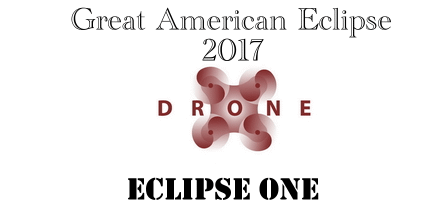05.13.12
South Africa Horse Safari: Preview
I have just returned from my second two-week trip of the year to the Waterberg region of South Africa. This was part of an extended family visit as my Father/Mother In-law manage a dual operation Cattle Ranch & Game Preserve 16km North of the town of Vaalwater in the Limpopo Province South Africa. This area is situated about 3 hours North West of Johannesburg in the Waterberg Mountain Range.
- Waterberg Mountain Range – Seven Sisters
The Waterberg:
“The Waterberg…so named by the early trekkers for its bounteous supply of clear water. Eugene Marais, the noted author and father of African ecology, observed that the passage of wagons was impeded by the enormous amount of water to be found throughout the region. The name is apt, for in times of good rain, one will find a continual seepage and flow of water from within these mountain ranges.
Straddling an area of some 15 000 square kilometers in the Northern Transvaal, it has largely gone unnoticed for the past eighty years. Within its brooding mountain ranges it had a reputation for gun runners, tax evaders and hunters, to be followed by serious minded pioneer folk and their families, who set down deep roots within these hills and plateaus.
In spite of the name Waterberg, the region is also known to experience extreme droughts. It is largely a sourveld area and farming is difficult. During the past decade there have been great changes as a result of farmers finding it increasingly hard to eke out a decent living, which has seen the conversion from conventional farming to game ranching and conservation.
I predicted some hears ago that the Waterberg would yet emerge as the most important and significant conservation are in South Africa with the greatest potential for tourism, game ranching, hunting and environmental education. The diversity of both plant and animal life is considerable. Whilst recognizing that most of the big game species were eliminated by the turn of the century, conservation has seen the return of the elephant, buffalo, rhinoceros, hippopotamus, all the major species of antelope, and in time, the lion.
It has a beauty unmatched, from its soaring craggy heights on the southern escarpment with the Seven Sisters guarding the plains, to the north-eastern buttresses of spectacular rock formations, rising sheer out of the bushveld plains. The central plateau provides a stunning feeling of emptiness and yet man has lived within these mountains for the past 2000 years – a fact we should be even mindful of.
Within its vastness there is only one town. The area is completely devoid of pollution, industry and forestry, and is very low in human numbers. The challenge is to create a conservation area of international importance to the benefit of both the environment and man.
Clive Walker – Lapalala Wilderness – 1 August 1995
In my next post I will talk about getting to South Africa from the States.
Kentucky Colonel
Thomas P. Demond
KyWEGO®


 AbitaNet Corporation
AbitaNet Corporation
You must be logged in to post a comment.